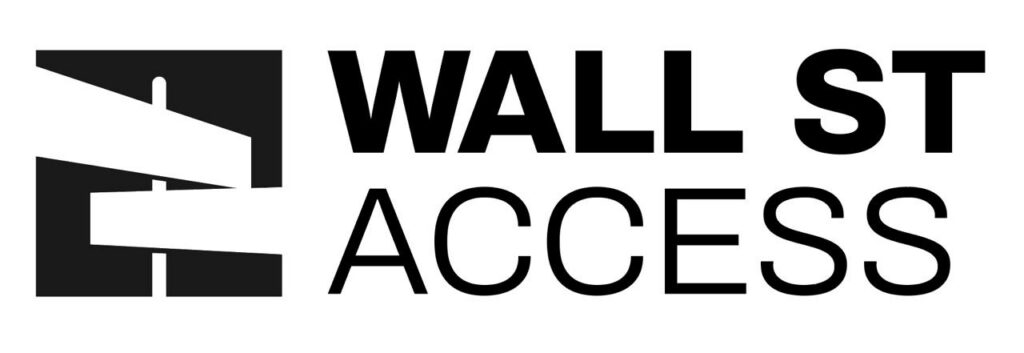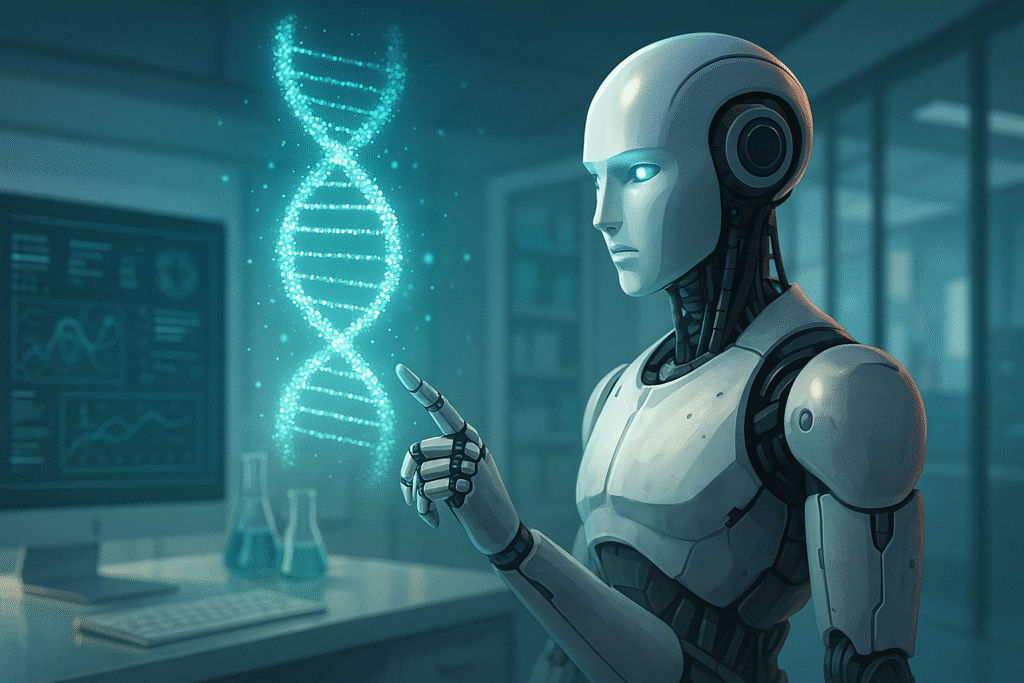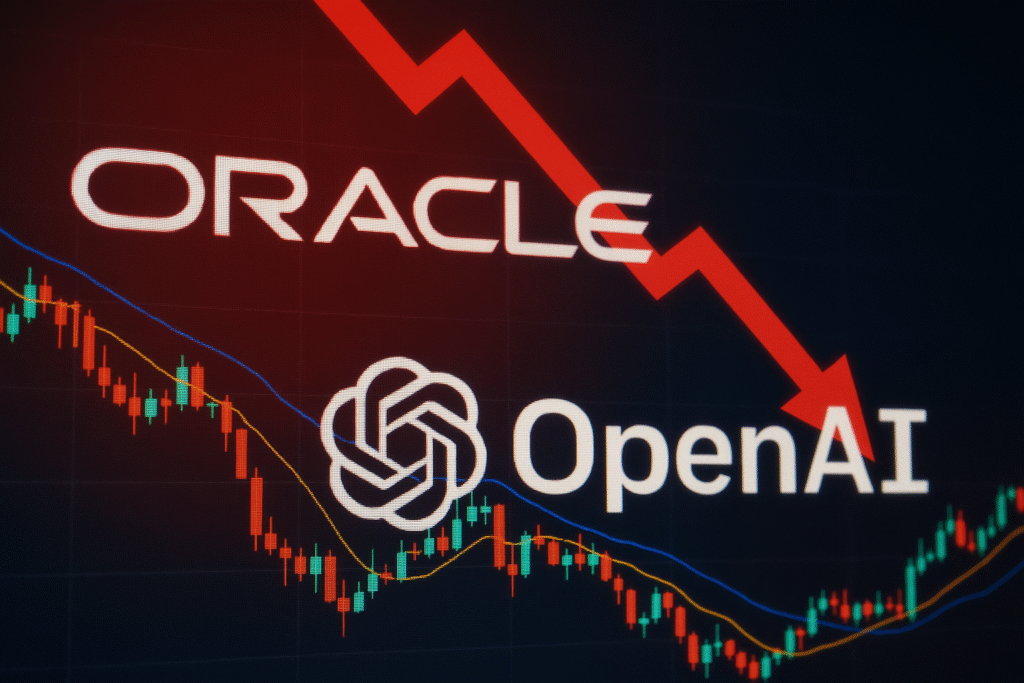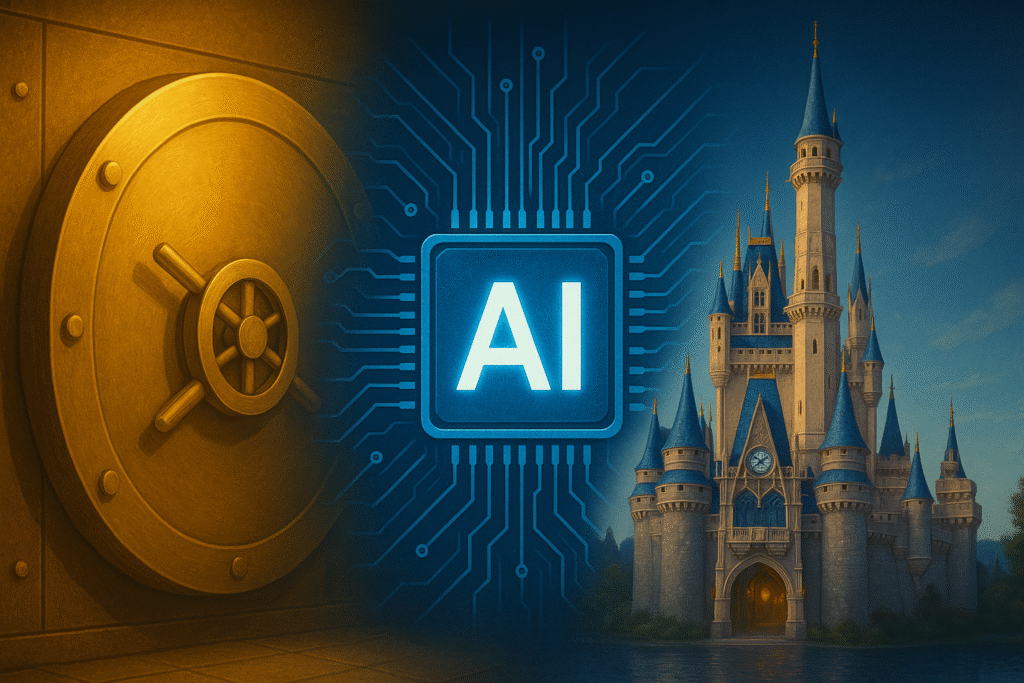Anthropic’s AI Push Into Scientific Research
Anthropic has formally entered the life sciences industry with the launch of Claude Life Sciences, a specialized version of its AI platform designed to support researchers throughout the scientific discovery process — from hypothesis generation to data analysis and regulatory documentation.
Built on the company’s existing Claude models, the new system integrates with major research tools such as Benchling, PubMed, 10x Genomics, and Synapse.org, allowing scientists to pull, interpret, and report lab data directly within their workflows.
Anthropic says the platform can help:
- Compare experimental designs and dosing strategies.
- Summarize and visualize results across datasets.
- Draft technical and regulatory documentation in minutes instead of days.
The company demonstrated how a preclinical scientist could use Claude to analyze two study designs, pull data from Benchling, and automatically generate tables, summaries, and citations for a regulatory submission — a process that would typically take several days of manual work.
A Strategic Step Into a New Market
The launch is Anthropic’s first official move into the life sciences, coming months after the company hired Eric Kauderer-Abrams, a veteran biotech executive, to lead the division.
Anthropic’s CEO and leadership team see the sector as a natural fit:
- The Claude Sonnet 4.5 model released last month has shown notable improvements in life sciences tasks, including interpreting laboratory protocols and data standards.
- The company is already collaborating with consulting and cloud partners like KPMG, Deloitte, AWS, and Google Cloud to accelerate adoption among pharmaceutical and biotech clients.
By integrating directly with industry platforms, Anthropic aims to make Claude a core research assistant for labs and enterprises — capable of improving efficiency without compromising scientific rigor or compliance.
Efficiency Without Hype
Anthropic’s leadership acknowledges that AI won’t replace the long timelines and complexity of clinical trials or physical experimentation. Instead, the focus is on eliminating inefficiencies in:
- Literature reviews
- Data validation and cross-referencing
- Technical documentation
- Reporting and compliance
In other words, AI won’t shorten the time it takes to test a new drug — but it can drastically reduce the administrative and analytical overhead surrounding it.
With global R&D spending topping $200 billion annually, Anthropic’s move positions it to capture a share of the growing demand for AI-driven research tools across pharma, biotech, and academia.
WSA Take
Anthropic’s launch of Claude Life Sciences signals a pivotal shift: AI companies are no longer just serving software developers — they’re embedding themselves in the backbone of scientific research.
The platform’s integrations with tools like Benchling and PubMed make it a powerful proof of concept for how AI can compress the timeline from hypothesis to publication — not by cutting corners, but by removing bottlenecks in data processing and documentation.
For Anthropic, this also represents its first move into a heavily regulated, high-impact vertical — one where execution, accuracy, and partnerships matter as much as performance metrics.
Read our latest coverage on Apple’s $700 million Formula 1 streaming deal.
Visit the Wall Street Access homepage.
Disclaimer
Wall Street Access does not work with or receive compensation from any public companies mentioned. Content is for educational and entertainment purposes only.








